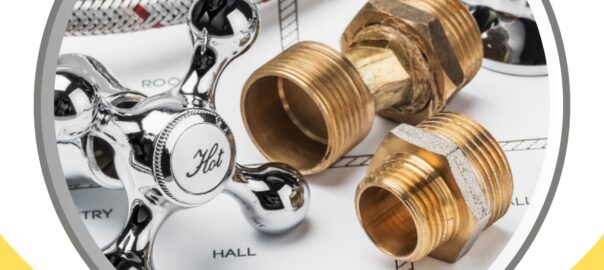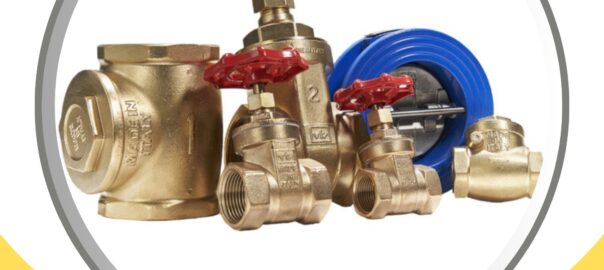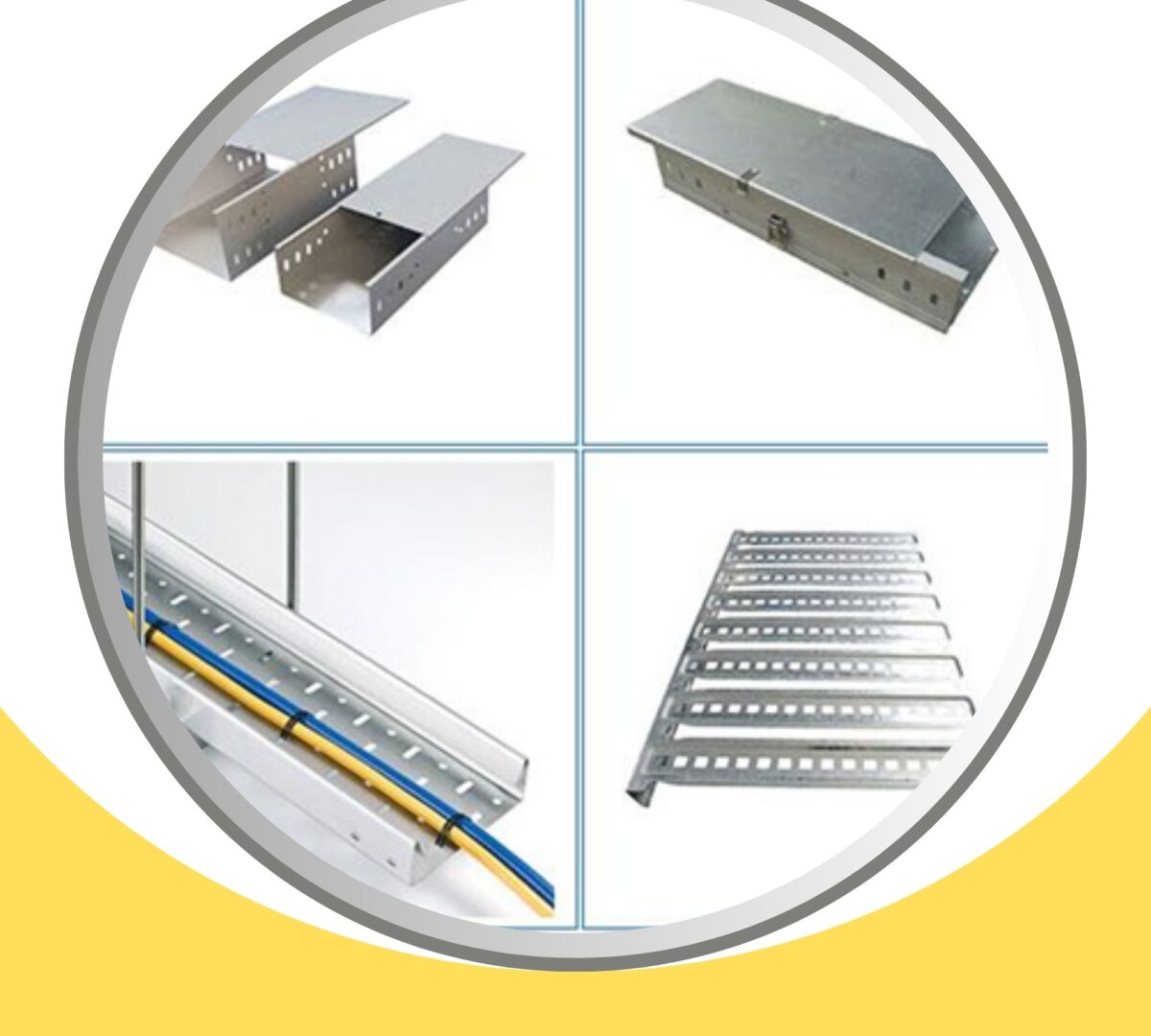
What is the difference between cable trunking and tray?
The purpose of a cable tray is simply to support and guide the wiring. The purpose of trunking, on the other hand, is to protect the wiring from impact and weather conditions and at the same time to protect people from electrical accidents, as the risk of unintentional contact with the cables is eliminated.
Why do we use it?
Cable trunking and tray are used to protect, organize, and route cables in a variety of applications. They are particularly useful in commercial, industrial, and data center settings, where large numbers of cables need to be managed in a safe and efficient manner.
Here are some of the benefits of using cable trunking and tray:
Safety: Cable trunking and tray can help to protect cables from damage caused by impact, abrasion, and moisture. This is important for ensuring the safety and reliability of electrical systems.
Organization: Cable trunking and tray can be used to organize and route cables in a neat and efficient manner. This makes it easier to install, maintain, and troubleshoot electrical systems.
Appearance: Cable trunking and tray can be used to conceal cables and improve the appearance of electrical installations. This is particularly important in commercial and industrial settings, where cables can be unsightly and distracting.
Flexibility: Cable trunking and tray are available in a variety of sizes and configurations to meet the needs of different applications. They can also be easily modified or expanded as needed.
Cost-effectiveness: Cable trunking and tray are a cost-effective way to protect, organize, and route cables. They can help to reduce the risk of cable damage and downtime, which can save businesses money in the long run.
Here are some specific examples of how cable trunking and tray are used:
- In office buildings, cable trunking and tray are used to route cables from the main electrical distribution panel to individual workstations.
- In industrial plants, cable trunking and tray are used to route cables from power generation and control equipment to motors, actuators, and other devices.
- In data centers, cable trunking and tray are used to route cables from servers and other networking equipment to switches and routers.
- In homes and apartments, cable trunking and tray are used to route cables from the electrical panel to outlets, switches, and other fixtures.
Cable trunking and tray are an essential part of many electrical systems. They play an important role in ensuring the safety, reliability, and efficiency of these systems.
-
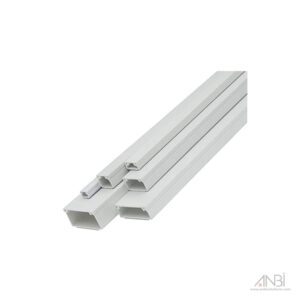 Self Adhesive PVC Trunking With Sticker Self Adhesive Cable Cover 1Mtr Long 3Pcs (3Mtr Pack)12.00 AED
Self Adhesive PVC Trunking With Sticker Self Adhesive Cable Cover 1Mtr Long 3Pcs (3Mtr Pack)12.00 AED -
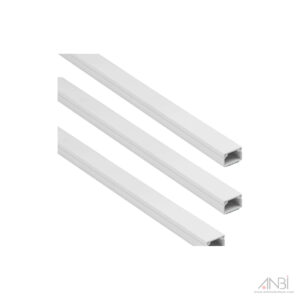 PRECISION Self Adhesive PVC Trunking with Sticker Self Adhesive Cable Cover10.00 AED – 25.00 AED
PRECISION Self Adhesive PVC Trunking with Sticker Self Adhesive Cable Cover10.00 AED – 25.00 AED -
 Steel Lintel Length – 1mtr18.00 AED – 50.00 AED
Steel Lintel Length – 1mtr18.00 AED – 50.00 AED -
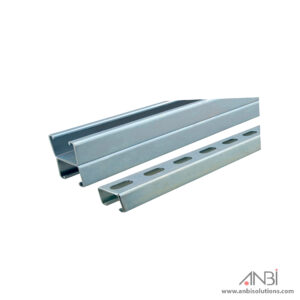 Slotted Channel Length – 3mtr20.00 AED – 30.00 AED
Slotted Channel Length – 3mtr20.00 AED – 30.00 AED -
 Cable Trunking GI W/ Cover Length 3mtr30.00 AED – 76.00 AED
Cable Trunking GI W/ Cover Length 3mtr30.00 AED – 76.00 AED -
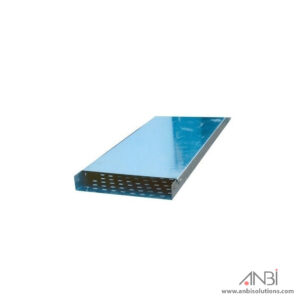 Cable Tray GI W/ Cover Height 100mm Length 3mtr45.00 AED – 215.00 AED
Cable Tray GI W/ Cover Height 100mm Length 3mtr45.00 AED – 215.00 AED -
 Cable Tray GI W/ Cover Height 50mm Length 3mtr33.00 AED – 200.00 AED
Cable Tray GI W/ Cover Height 50mm Length 3mtr33.00 AED – 200.00 AED -
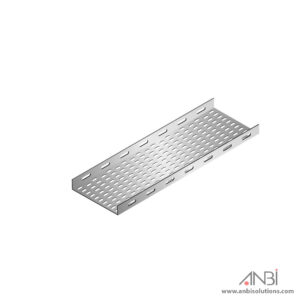 Cable Tray GI W/o Cover Height 100mm Length 3mtr33.00 AED – 125.00 AED
Cable Tray GI W/o Cover Height 100mm Length 3mtr33.00 AED – 125.00 AED -
 Cable Tray GI W/o Cover Length 3mtr22.00 AED – 106.00 AED
Cable Tray GI W/o Cover Length 3mtr22.00 AED – 106.00 AED

